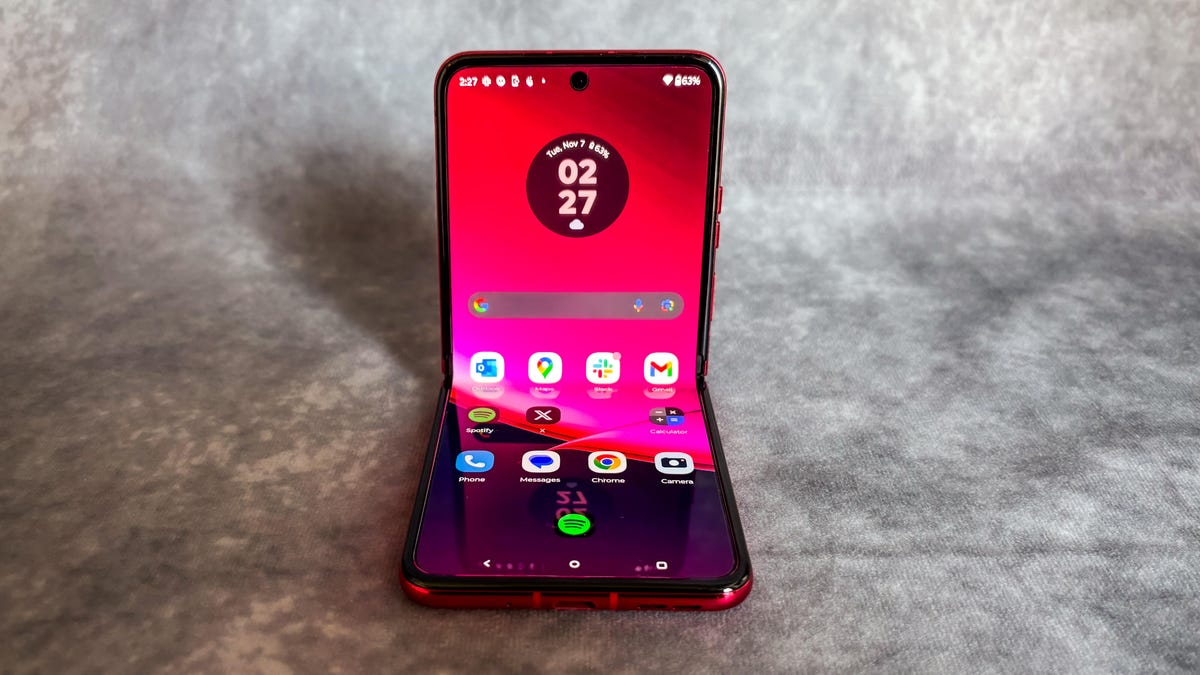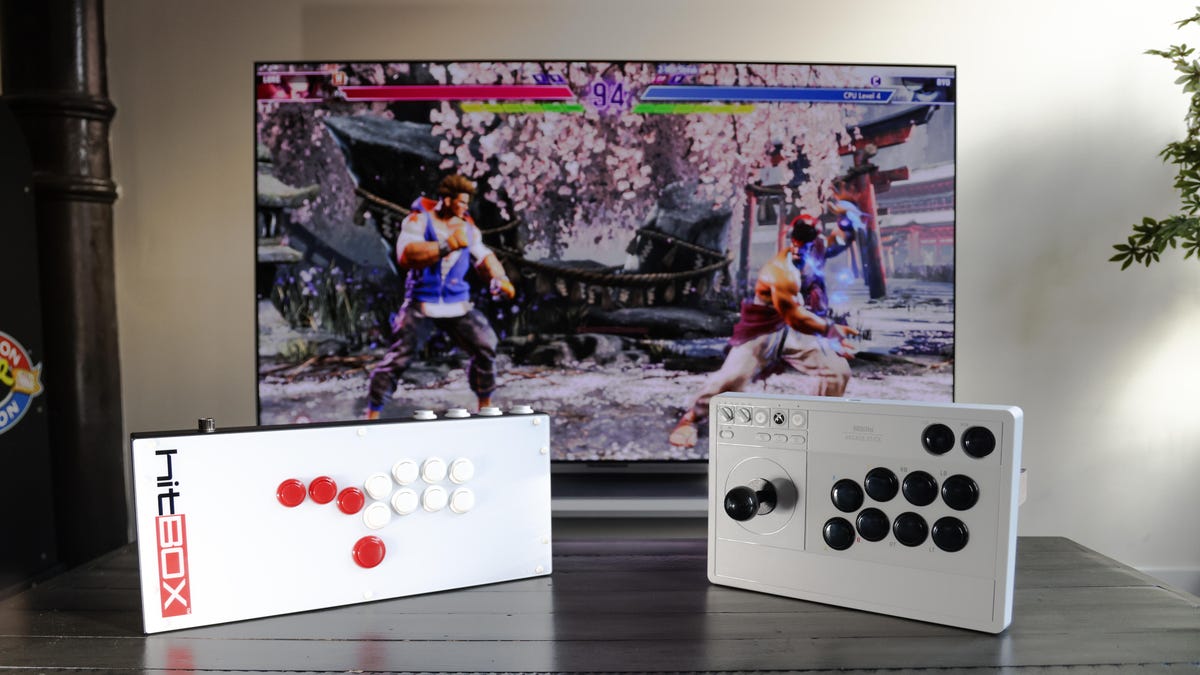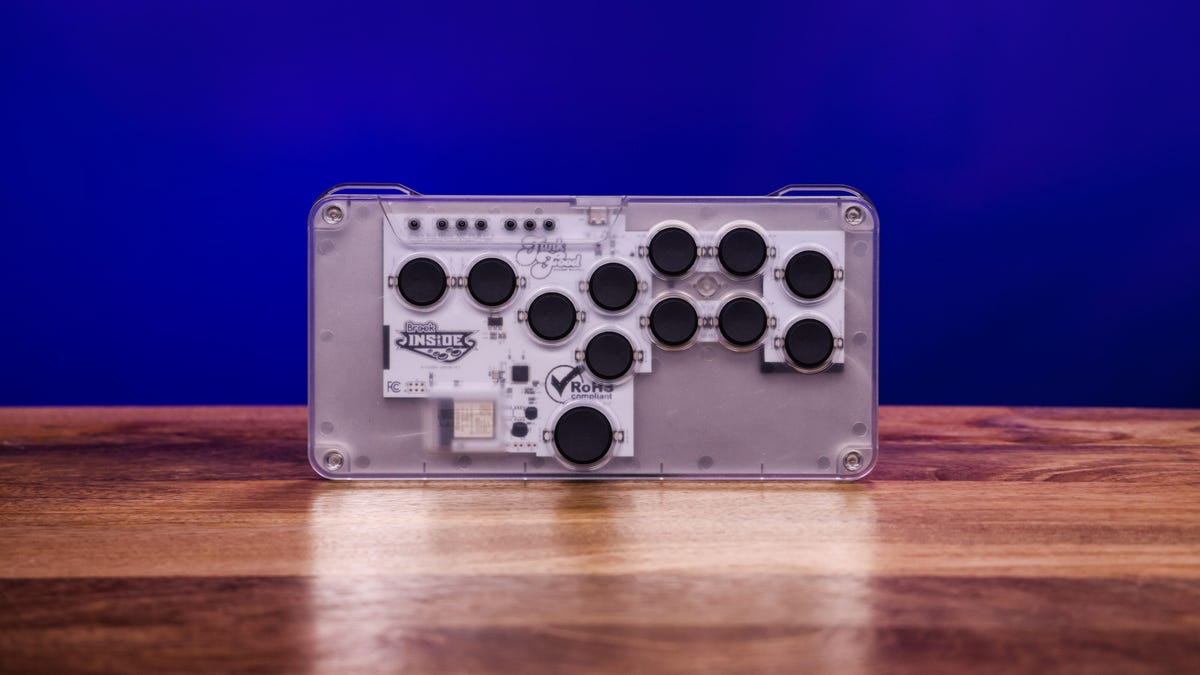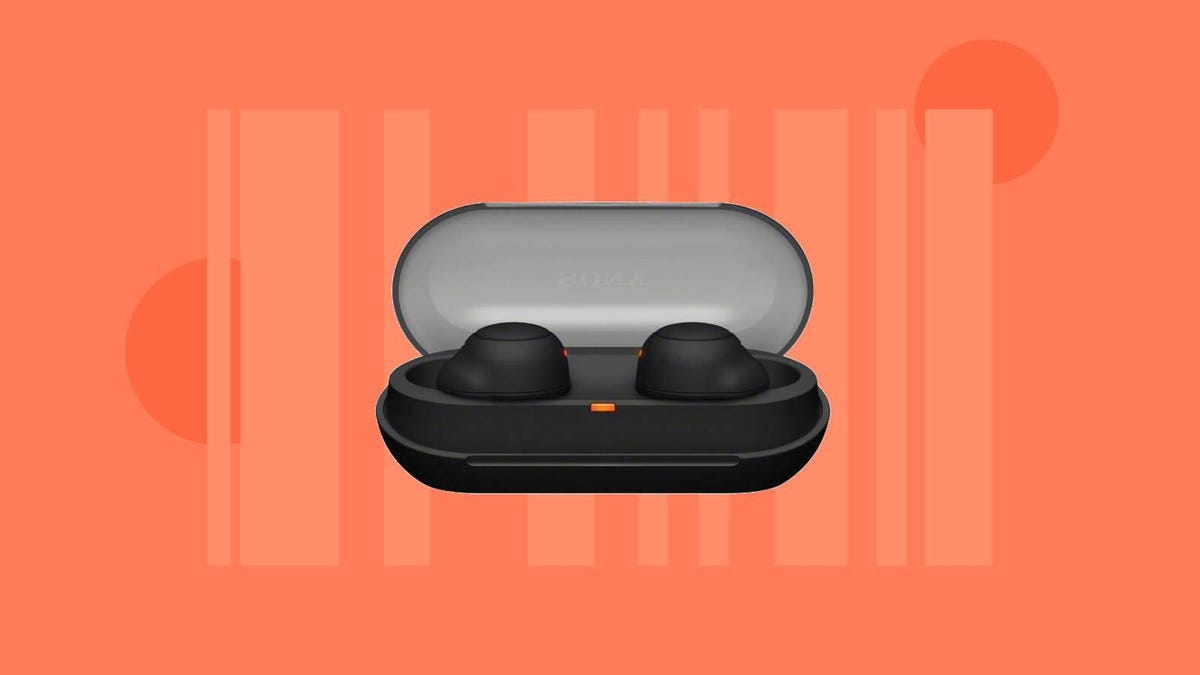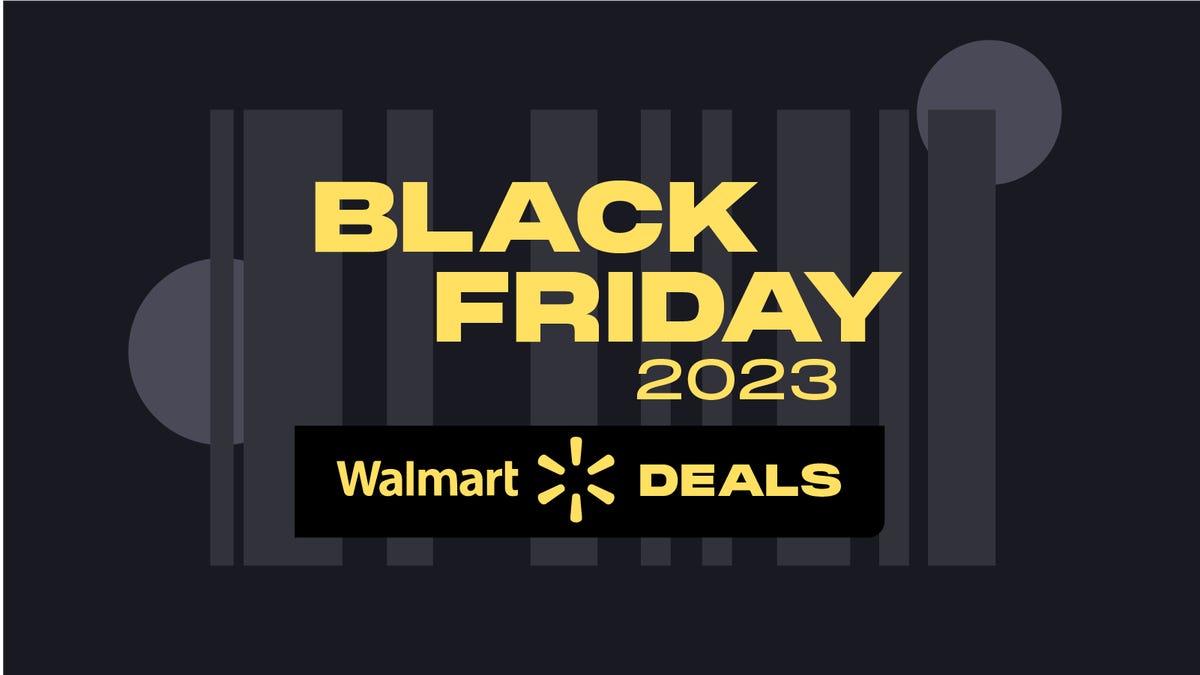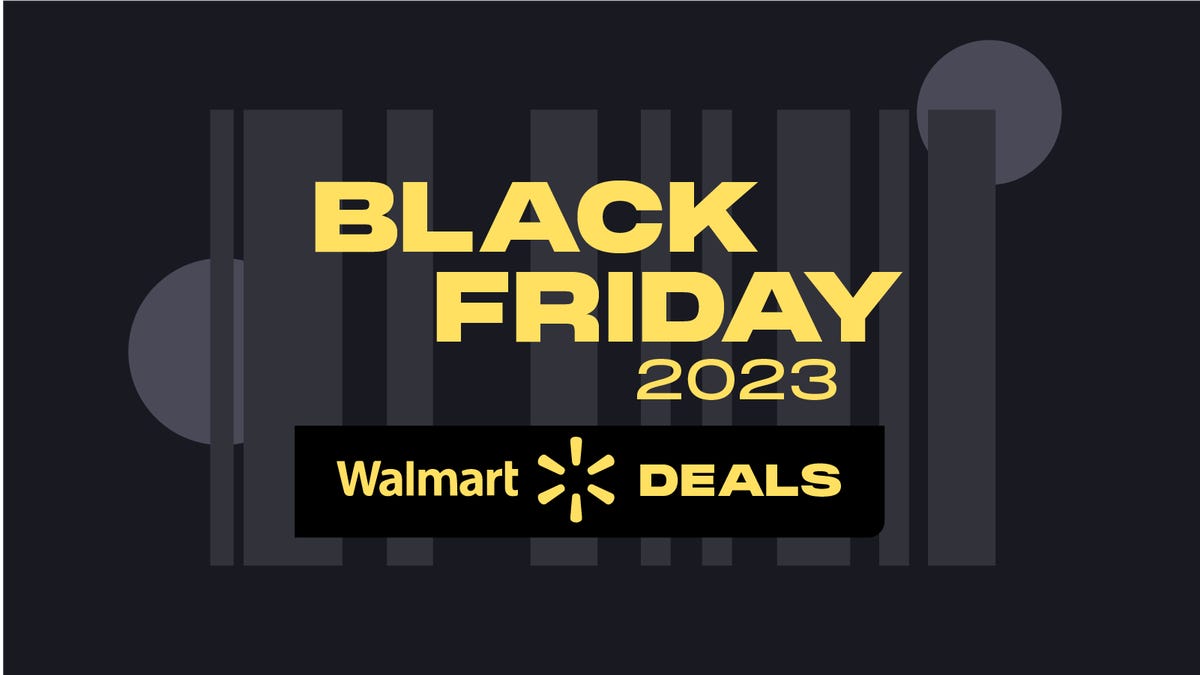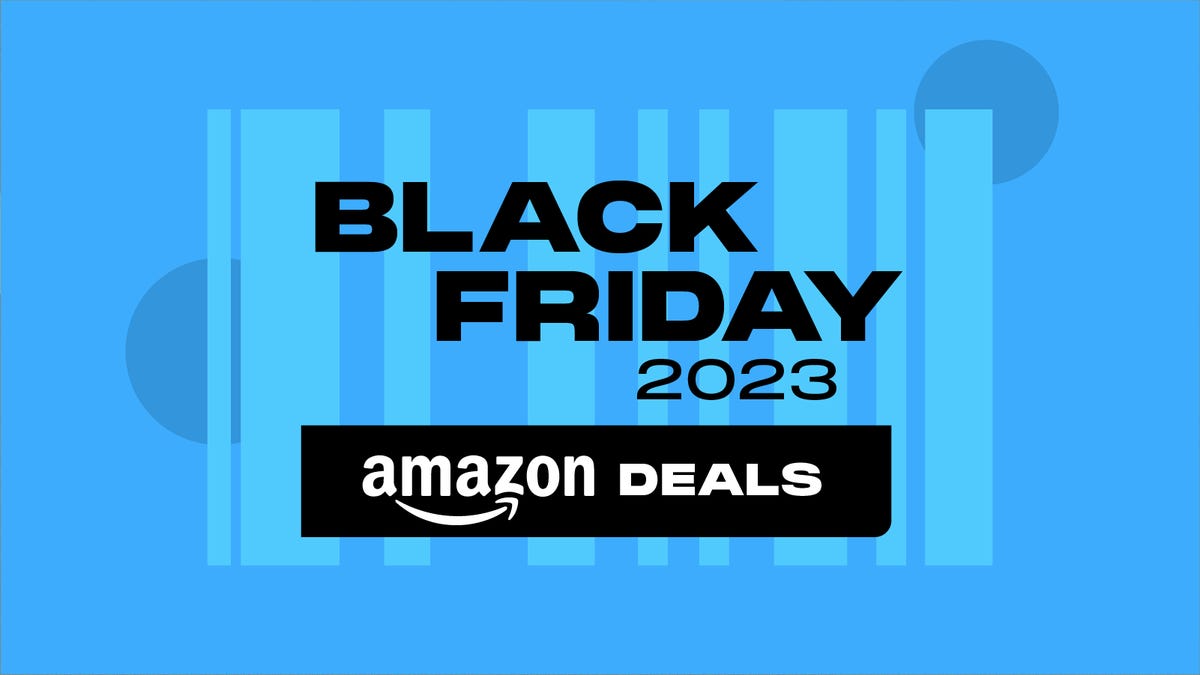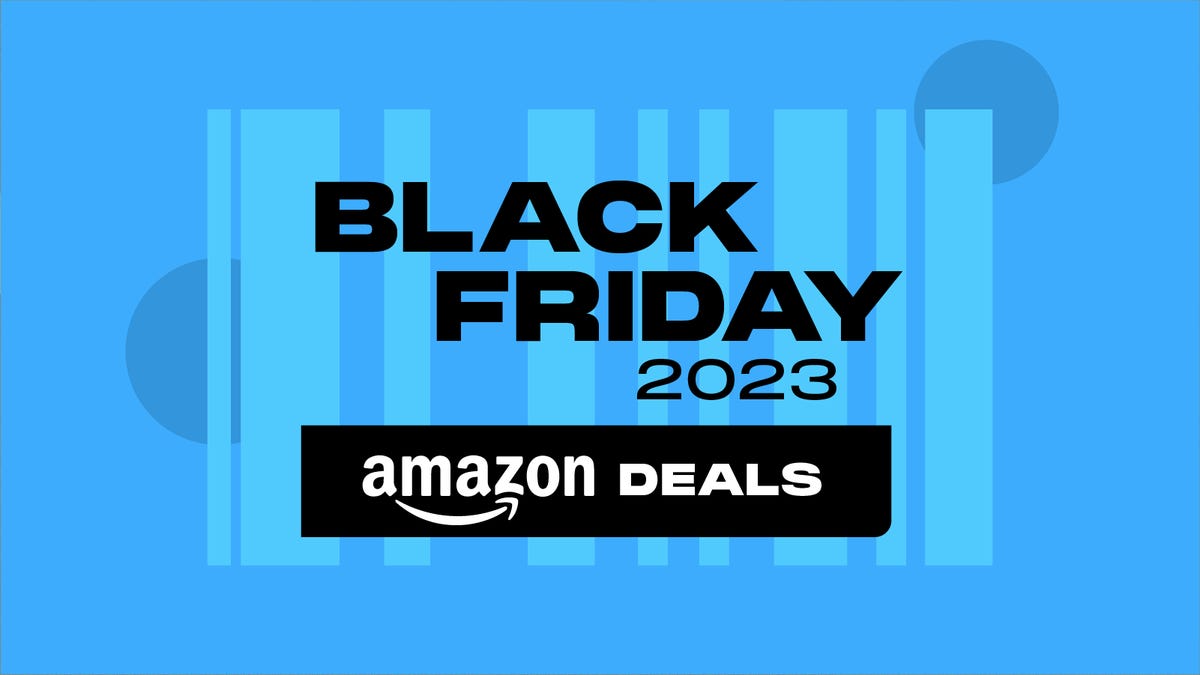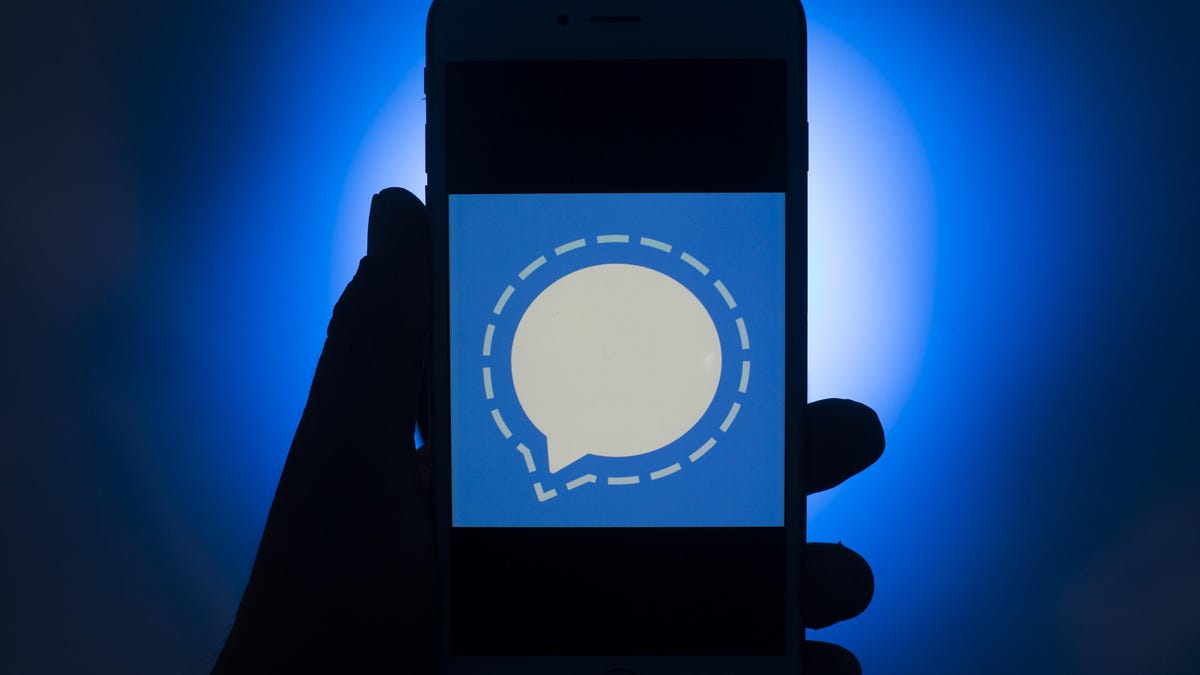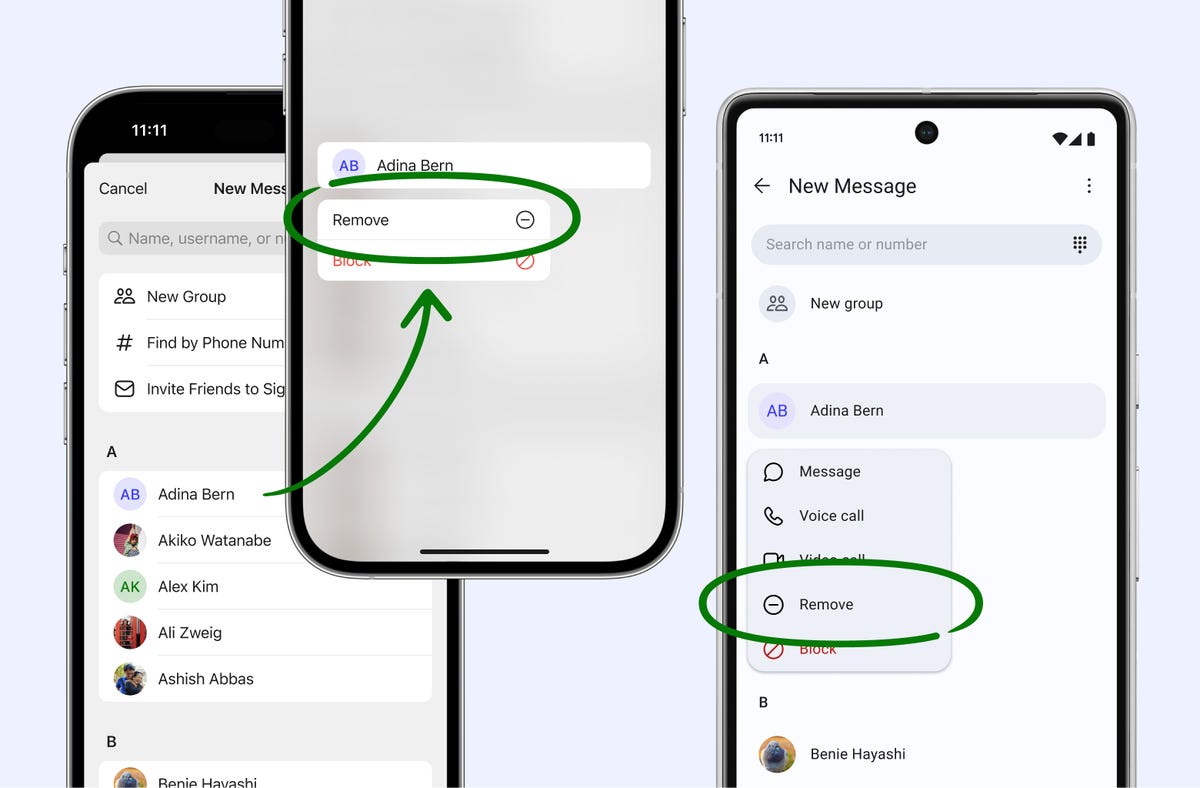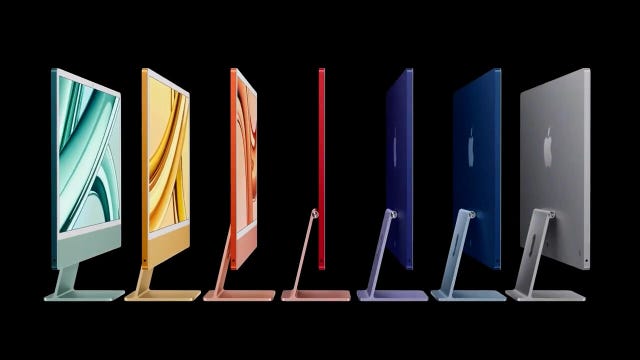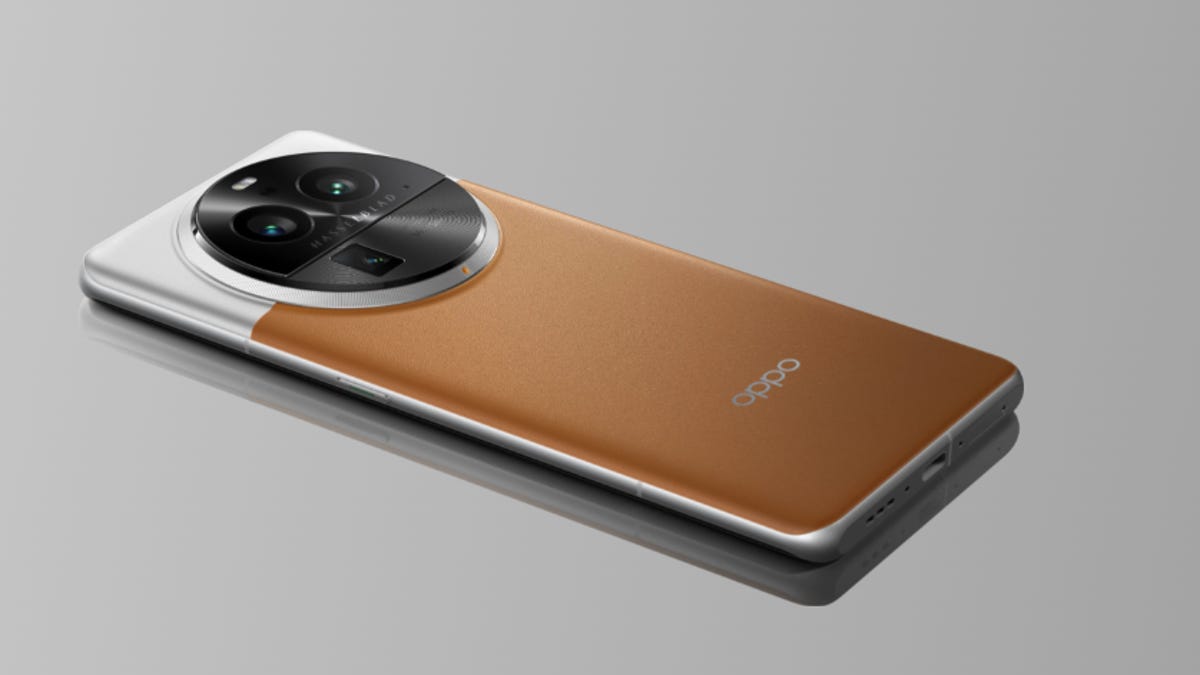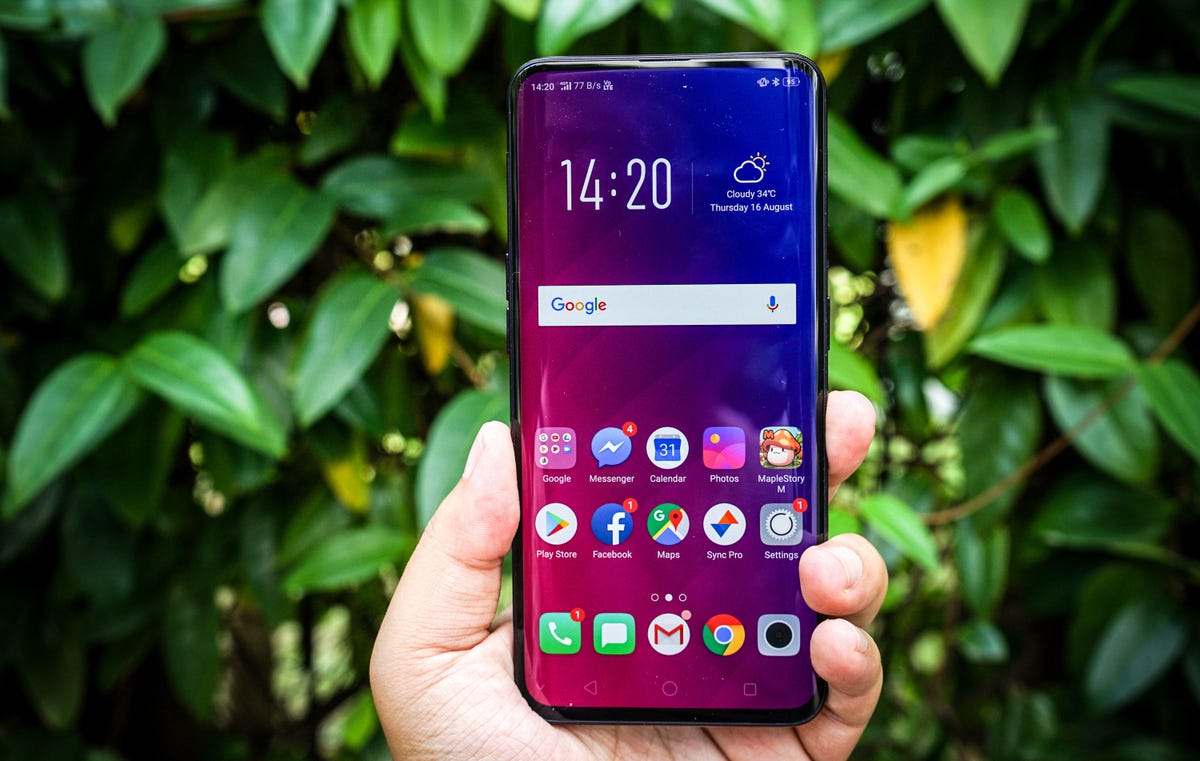The $1,000 Motorola Razr Plus felt like a turning point for foldable phones when it launched in June 2023. Modern flip phones, such as the Razr and Samsung Galaxy Z Flip, have always offered some level of convenience compared to standard phones, thanks to their more portable design. But the overall experience didn’t feel much different from a regular phone, since flip phones are still primarily meant to be used while open.
The Razr Plus proved that’s changing, all thanks to its large cover screen. Having a roomier external display might not sound like a big deal, but spending time with the Razr Plus has shown me how much that extra screen space matters. You can use it for more than just checking the time or notifications; you have a miniature screen that fits in the palm of your hand. After years of phones getting larger and more cumbersome, having the option to fold my phone in half and use it in that state feels much more useful than I would have thought.
Returning to the Razr Plus has reinforced my initial impressions of the device, which I detail in my review from June. But it’s also important to note that a lot has changed since then. In August, Samsung launched the $1,000 Galaxy Z Flip 5, which — like the Razr Plus — has a significantly larger cover screen than its predecessor. Motorola also released its more affordable $700 Razr 2023, making it the cheapest foldable phone yet.
These releases raise questions about the Razr Plus’ place in a market that’s only getting more competitive. If you just want a phone that can fold in half to fit in your pocket more easily, the $700 Razr should suffice. But if you want something that truly feels different than the phone you have today, splurging on a device like the Razr Plus or Galaxy Z Flip 5 may be worth it.
Samsung’s flip phone is still my top pick because of its sturdier design, longer update cycle, superior camera and additional software features. But the Razr Plus still holds a lot of potential, and it makes me excited about where foldable devices — and Motorola’s phones in general — may go in the future.
Motorola Razr Plus design and software
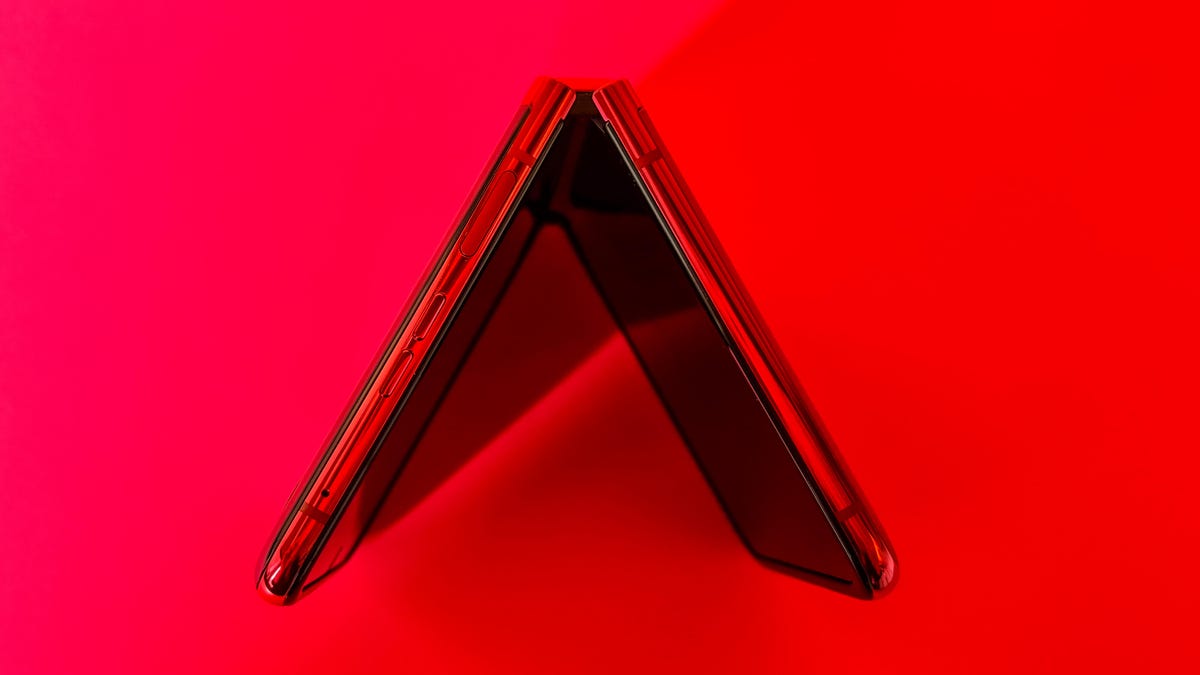
The Razr Plus has a striking design that stands out at first glance. The version I’ve been using has a magenta color with a vegan leather back, which is aesthetically pleasing and makes the phone easier to grip. The Razr Plus is also impressively thin and light. Even though it’s around the same weight and thickness as the Galaxy Z Flip 5 according to the specifications listed on both Samsung and Motoroa’s websites, the Razr Plus feels much slimmer.
While I love the Razr Plus’ airy feel, its slender build isn’t always advantageous. The Galaxy Z Flip 5 generally feels sturdier, like it can withstand endless folds and unfolds. The Razr Plus, on the other hand, seems more delicate — although this is just based on my anecdotal observations rather than extensive testing. But I also noticed that my unit doesn’t always open all the way straight unless I give it an extra push, which detracts from its attractive look and makes it feel fragile.
Another characteristic I appreciate is the Razr Plus’ display. Not only is it taller than Samsung’s, but the crease is less noticeable both to the eyes and the touch. That’s a big deal since the crease that runs horizontally across the display has been one of the biggest drawbacks of foldable phones.
Hardware is only one side of the equation; software shapes how you interact with the phone. That’s especially true with foldable devices, which should theoretically have unique software functions that take advantage of the bendable screens. The Razr Plus nails this when it’s shut, thanks to its spacious 3.6-inch cover screen. I can browse through news headlines, send text messages, play games and even watch videos from the palm of my hand without opening the phone.
This is the primary feature separating the pricier Razr Plus from the standard Razr 2023. Motorola’s cheaper flip phone has a tiny screen that’s large enough for checking notifications and seeing the time, but it doesn’t provide much other utility.
“It’s about as useful as checking my smartwatch for snapshots of notifications and texts to triage whether I need to open my phone, and it’s helpful to take selfies with the rear cameras (far sharper than the one above the inner display), but it generally leaves me wanting more,” my colleague David Lumb wrote in his review of the Razr 2023.
I haven’t tested the $700 Razr, but I can still relate. I spent some time using the Galaxy Z Flip 4 ahead of the Galaxy Z Flip 5’s release and felt the same way.
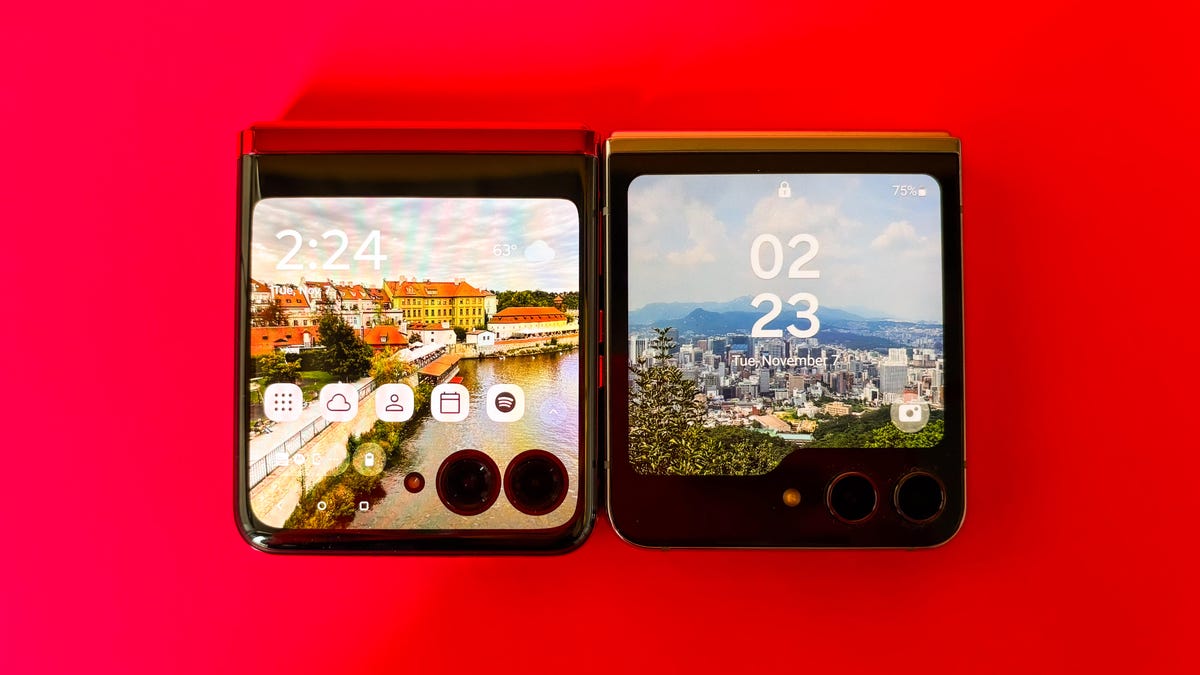
Samsung’s newest flip phone offers a similar experience as the Razr Plus, but you can only pin certain apps to the cover screen unless you install the Good Lock launcher. Motorola lets you pick any app installed on your phone right out of the gate, which feels more seamless. The Razr Plus’ cover screen is also larger than the Z Flip 5’s (3.6 inches versus 3.4 inches), which is noticeable when comparing screens that small.
Samsung, however, does have an edge in other ways. When you bend the Galaxy Z Flip 5 halfway, apps like Google Chrome can automatically shift to the top of the screen while displaying controls on the bottom, making it easier to operate the screen in this mode. The Razr Plus, in my experience, doesn’t react in this way unless you’re using the camera app, and instead just displays a bent version of Chrome that scrolls like a waterfall.
Samsung also provides sweeping software updates that feel more holistic and bring new features to its smartphones. The recently announced One UI 6 software update, for example, will add a slew of camera features — like the ability to pin specific shooting modes to your home screen as widgets — when the software launches. The camera may be the most significant area impacted by the update, but One UI 6 brings subtle changes to everything from the calendar to the quick panel and lock screen.
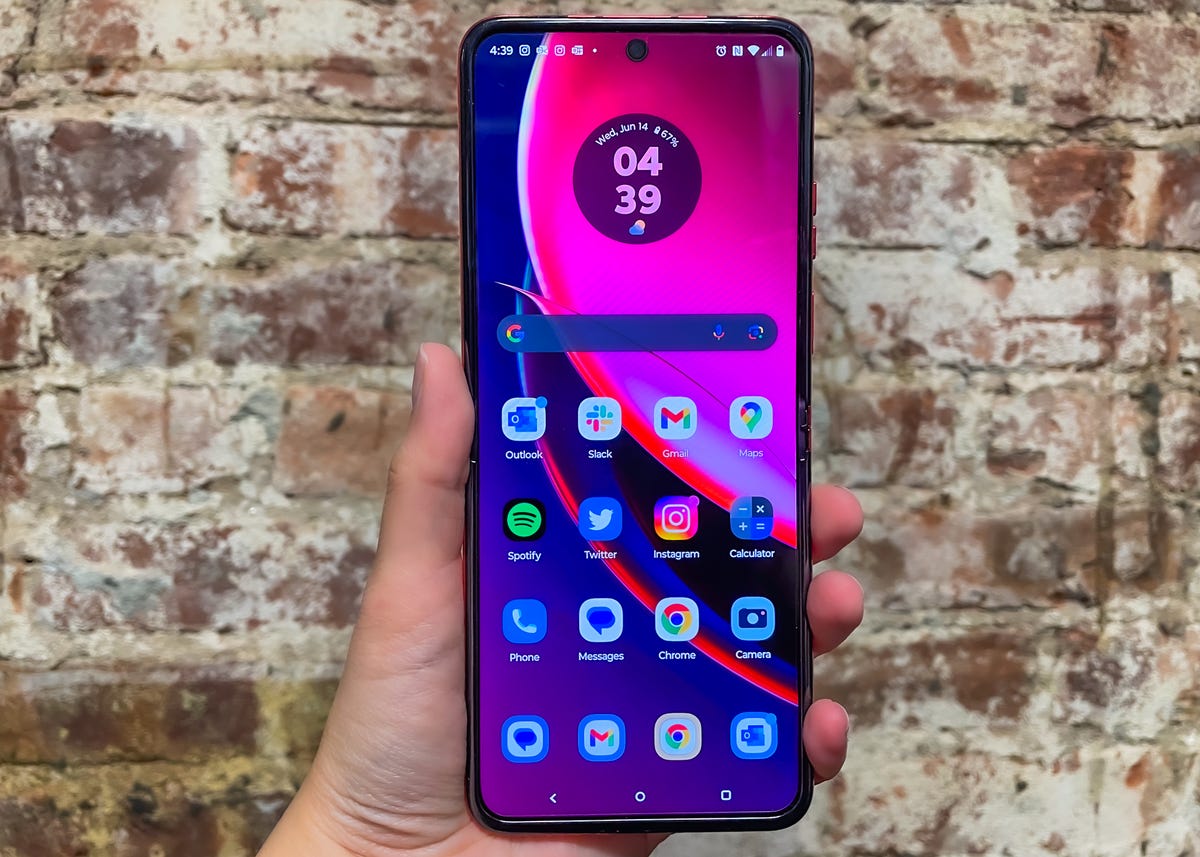
Motorola’s updates aren’t usually as far-reaching, although the Motorola Razr Plus should get the update to Android 14 since it supports three years of software updates. That’s not as long as Samsung’s four-year update pledge, but it’s on par with what you’ll get with the $1,800 Google Pixel Fold.
However, a recent software update did bring a new feature to the Razr Plus: Moto Unplugged. As the name implies, this tool lets you block out distractions by limiting which apps you can access in this mode. It’s kind of like Apple’s Focus mode for the iPhone, except it hides apps you haven’t approved until you exit Moto Unplugged.
I turned on Moto Unplugged for an hour during a busy workday and was surprised at how effectively it kept me focused. When the timer expired, the regular home screen with all my usual apps reappeared. While the concept itself isn’t new or novel, knowing that my apps were hidden helped me fight the urge to reach for my phone when I felt like my mind was drifting from work.
Motorola Razr Plus battery life and camera
Whether it can fold in half or not, a good phone should last for a long time on a single charge. Thankfully, the Motorola Razr Plus performed reasonably well during CNET’s 3-hour battery test, which involves streaming a YouTube video for three hours at full brightness and checking the battery level at each hour.
The Razr Plus’ results were similar to those of the Galaxy Z Flip 5 and some of Samsung’s non-folding phones, like the Galaxy S23 and S23 Ultra. As I wrote in my original review, you can expect to get about a full day of battery life out of the Razr Plus, depending on how you use it.
Motorola Razr Plus Battery vs. Samsung Phones
| 1 hour | 2 hours | 3 hours | |
|---|---|---|---|
| Motorola Razr Plus | 95% | 88% | 81% |
| Samsung Galaxy Z Flip 5 | 94% | 87% | 80% |
| Samsung Galaxy S23 | 95% | 88% | 81% |
| Samsung Galaxy S23 Ultra | 95% | 89% | 82% |
The Razr Plus has a 12-megapixel main camera and a 13-megapixel ultrawide camera, which generally capture crisp and clear shots. However, after spending time with both the Galaxy Z Flip 5 and the Motorola Razr, I found that Samsung’s phone usually captures more vibrant colors.
Take a look at the photos of these flowers below, and you’ll see what I mean.

That said, the Razr Plus’ camera is still decent, and it’s the foldable screen that you’re really paying for, rather than having the best camera. The biggest benefit of taking photos with a phone like the Razr Plus is that it essentially has a built-in tripod; you can prop it open halfway to snap photos without having to hold the device.
That big front screen also serves as a viewfinder for taking selfies with the main rear cameras. While you can also do this on the cheaper Razr, it’s harder to position the phone’s orientation since the outer screen is so small, as noted in CNET’s review.
Take a look at my full reviews of the Razr Plus and Galaxy Z Flip 5 for more details about the camera and how it stacks up to Samsung’s.
Overall thoughts
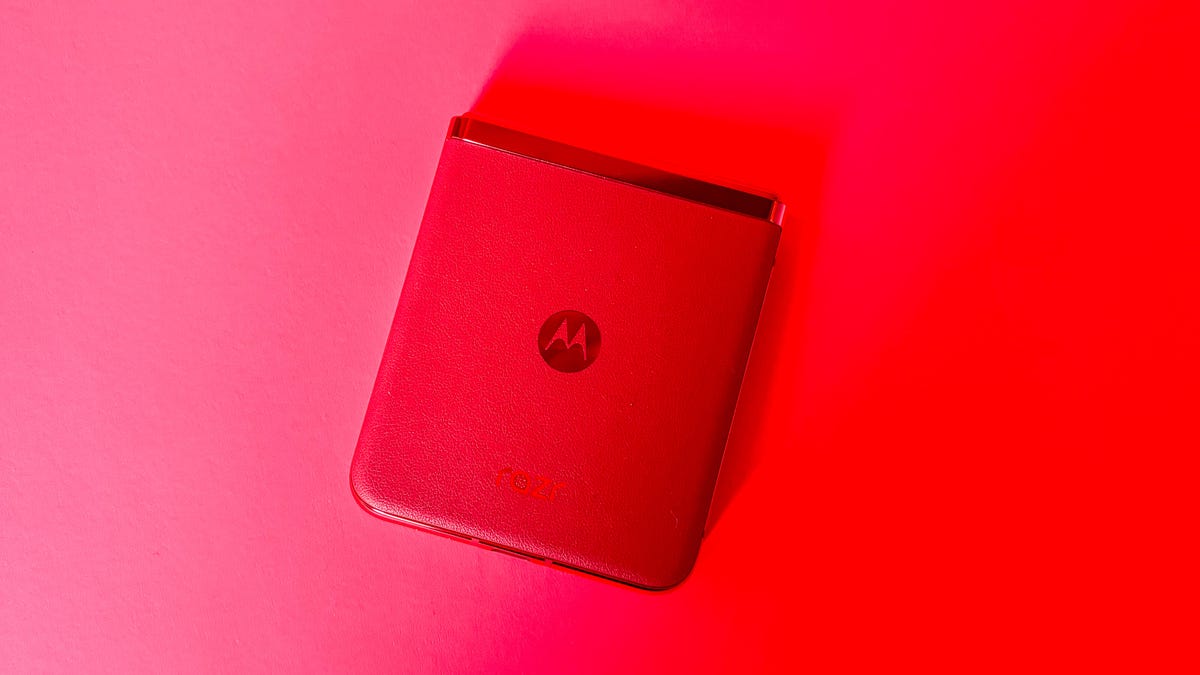
Revisiting the Motorola Razr made me appreciate the benefits of having a phone with two screens. It’s not so much the Razr Plus’ ability to fold in half that makes it special — although that certainly helps — but the idea that you can have a screen that fits in your palm and a screen that’s larger than that on most smartphones.
Even though I prefer the Galaxy Z Flip 5, Motorola’s presence gives consumers more choice. The Razr Plus also does a few things better than the Galaxy Z Flip 5, particularly when it comes to the ability to run more apps on the cover screen. Either way, it makes me optimistic about where foldable phones are going. Now I’m just waiting for flip phones like the Razr Plus to become more affordable.
